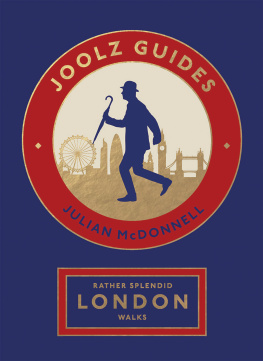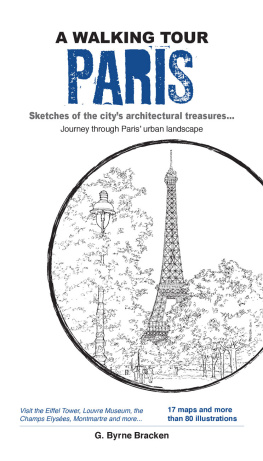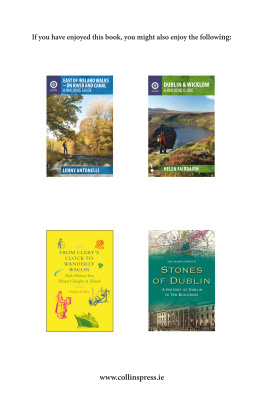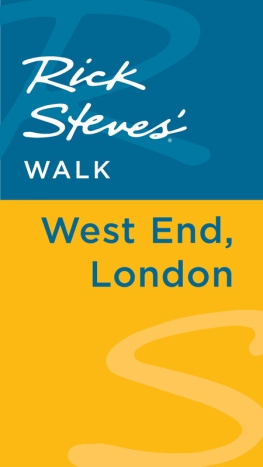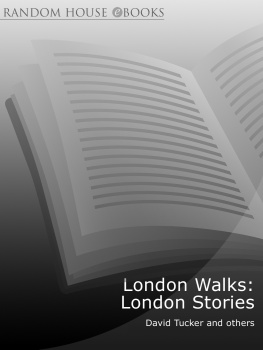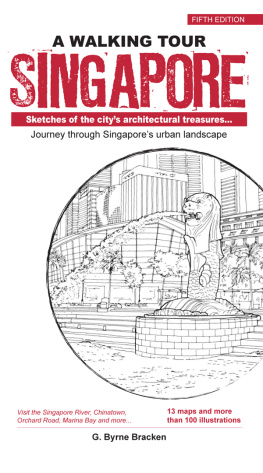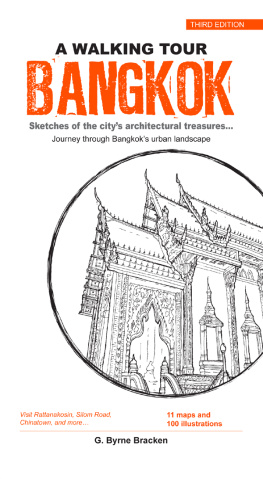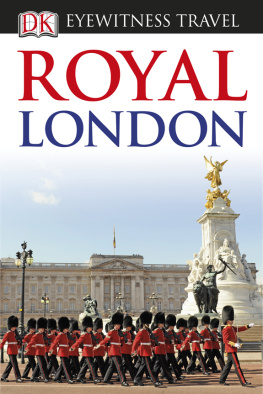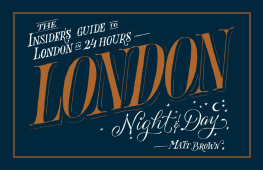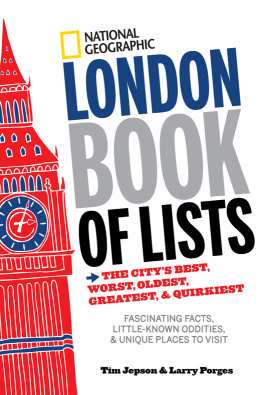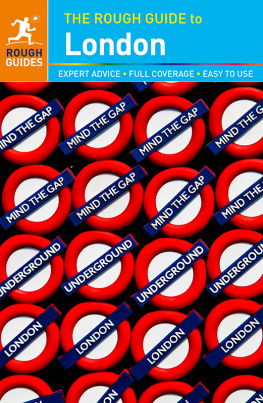Contents
Guide

Text and illustrations by Gregory Byrne Bracken
Book design by Benson Tan
Copyright 2019, 2011 Marshall Cavendish International (Asia) Pte Ltd
First published in 2011
Second edition published in 2019 by Marshall Cavendish Editions
An imprint of Marshall Cavendish International

All rights reserved
No part of this publication may be reproduced, stored in a retrieval system or transmitted, in any form or by any means, electronic, mechanical, photocopying, recording or otherwise, without the prior permission of the copyright owner. Requests for permission should be addressed to the Publisher, Marshall Cavendish International (Asia) Private Limited, 1 New Industrial Road, Singapore 536196.
Tel: (65) 6213 9300. E-mail:
Website: www.marshallcavendish.com/genref
The publisher makes no representation or warranties with respect to the contents of this book, and specifically disclaims any implied warranties or merchantability or fitness for any particular purpose, and shall in no event be liable for any loss of profit or any other commercial damage, including but not limited to special, incidental, consequential, or other damages.
Other Marshall Cavendish Offices:
Marshall Cavendish Corporation, 99 White Plains Road, Tarrytown NY 10591-9001, USA Marshall Cavendish International (Thailand) Co Ltd, 253 Asoke, 12th Flr, Sukhumvit 21 Road, Klongtoey Nua, Wattana, Bangkok 10110, Thailand Marshall Cavendish (Malaysia) Sdn Bhd, Times Subang, Lot 46, Subang Hi-Tech Industrial
Park, Batu Tiga, 40000 Shah Alam, Selangor Darul Ehsan, Malaysia.
Marshall Cavendish is a registered trademark of Times Publishing Limited
National Library Board, Singapore Cataloguing-in-Publication Data
Name(s): Byrne Bracken, G. (Gregory).
Title: London : A Walking Tour / Gregory Byrne Bracken.
Description: Second edition. | Singapore : Marshall Cavendish Editions, 2019. | Includes index. | First published: 2011.
Identifier(s): OCN 1104213758 | e-ISBN 978-981-4868-41-9
Subject(s): LCSH: WalkingEnglandLondonGuidebooks. | Historic buildingsEnglandLondonGuidebooks. | Historic sitesEnglandLondonGuidebooks. | London (England)Tours. | London (England)Guidebooks.
Classification: DDC 914.21dc23
Printed in Singapore
For Robert Cortlever

CONTENTS

Acknowledgments
I would like to thank Melvin Neo and Justin Lau at Marshall Cavendish, who have been such a pleasure to work with over the years. I also want to thank my cousin Nicholas Bracken OBE for showing me the city he was lucky enough to call home when I was an intern in London in the 1980s.

Introduction
One of the worlds greatest cities, London was also the capital of the British Empire the largest empire the world has ever seen. Founded by another empire, the Roman, around 50 CE, the city experienced steady growth over the millennia until the 19th century, when its size and population simply exploded. It has had its fair share of setbacks as well invasions, plagues, the Great Fire of 1666. The city has been the birthplace of some truly remarkable innovations in architecture, from Inigo Joness majestic Banqueting House to Christopher Wrens stunning dome on St Pauls Cathedral, as well as more recent innovations like Richard Rogerss futuristic Lloyds of London.
Despite its huge size, London divides rather neatly into districts. The walks in this book cover each of them in turn, starting with the oldest Spitalfields and the City of London. Each of the 13 walks starts where the previous one left off, while the final chapters cover places that are a little out of town, such as Hampstead, Greenwich, Kew Gardens and Hampton Court Palace. The various architectural styles and features mentioned in the book are explained at the end.
All that remains is for you to enjoy your time walking around this most aristocratic yet accessible of cities.
History
London is the capital of the United Kingdom. Called Londinium when it was first founded by the Romans around 50 CE, it occupied an area roughly the size of Hyde Park (250 hectares, or 625 acres). By the 2nd century, Londinium had replaced Colchester as the capital of Roman Britain, and its population had reached 60,000. It boasted a number of important buildings, including the largest basilica north of the Alps, as well as temples, bath houses and an amphitheatre. Between 190 and 225 CE the Romans built the London Wall. The 3-kilometre wall defined the citys perimeter for the next 1,600 years; six of its seven gates are Roman: Ludgate, Newgate, Aldersgate, Cripplegate, Bishopsgate and Aldgate (Moorgate is medieval). In 410 CE Roman rule ceased in Britain and the city experienced a rapid decline.
An Anglo-Saxon settlement is believed to have then grown up to the west of the old Roman walls, dating from the end of the 5th century. The population was as high as 12,000 people at this time. By 650 CE, it had become Christian.
Vikings from Denmark attacked the city throughout the 9th and 10th centuries, with English resistance finally collapsing in 1013. Rival Danish claimants fought for the throne, with King Canute finally defeating Edmund Ironside to gain control of all of England north of the Thames (which included London). Edmunds death a few weeks later left Canute in control of the whole country.
English rule was restored by Edward the Confessor in 1042 after the extinction of Canutes dynasty. The new king founded Westminster Abbey and established Westminster as the centre of government; it proved to be a serious rival to the power of the old City of London. Edwards death in 1066 left England open to Norman invasion, with William the Bastard, Duke of Normandy, defeating King Harold at the Battle of Hastings later that year.
The first thing that William the Conqueror did was build a new fortress on the Thames. The Tower of London was one of the first stone castles to be built in England and King William granted a charter confirming the City of Londons existing rights, privileges and laws in 1067. The Citys powers of self-government would be increased significantly under King John at the beginning of the 13th century. The Palace of Westminster was built in the 11th century, followed by London Bridge in the 1170s. Trade grew steadily throughout the Middle Ages, and the city grew rapidly; by 1300 the population was around 80,000. London lost half its population during the plague known as the Black Death in the middle of the 14th century, but made a rapid recovery.
Under the Tudors, who reigned from 1485 to 1603, England turned to Protestantism. Up to this point over half the land in London was owned by monasteries, nunneries or other religious establishments. With Henry VIIIs dissolution of the monasteries in 1536, however, almost all of this valuable property changed hands. London had also become an important commercial centre, with trade expanding beyond Europe to Russia, the Holy Land and the Americas. Companies such as the East India Company were established the first steps towards the establishment of the vast British Empire. The 16th and early 17th centuries were remarkably rich not just in terms of material wealth but also culturally. British drama enjoyed a golden age under Elizabeth I, with playwrights such as Christopher Marlowe, Ben Jonson, and above all, William Shakespeare.



